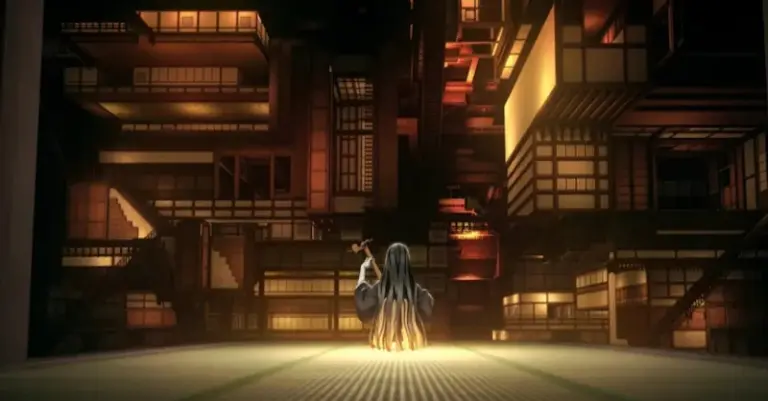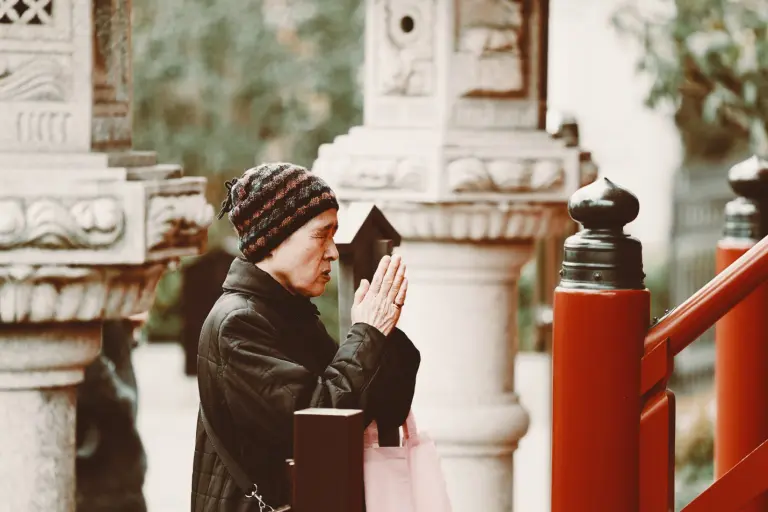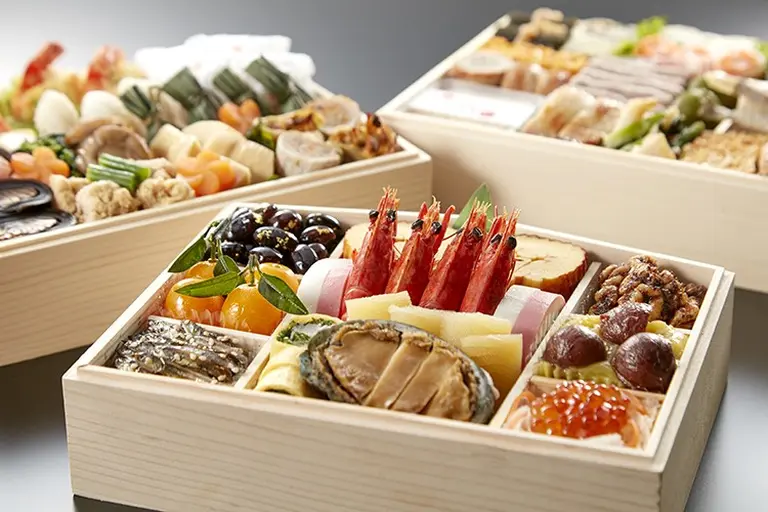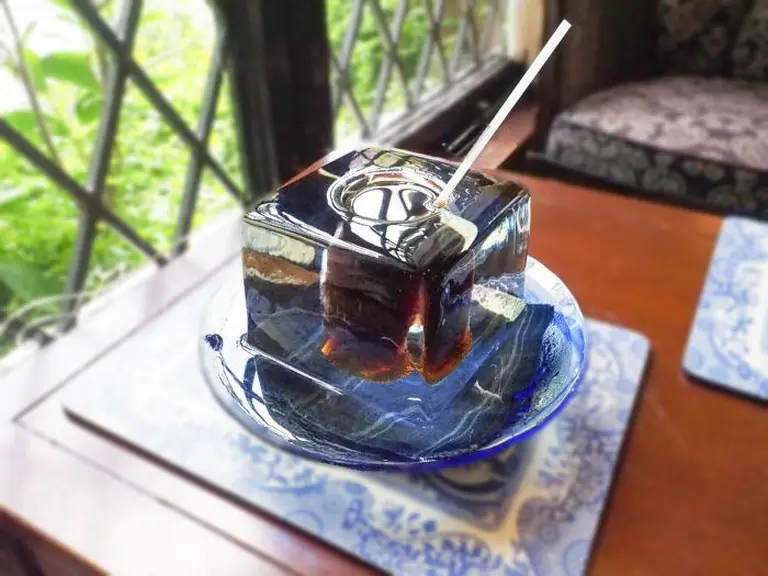Each spring, travelers to Fukushima are treated to one of Japan’s most enchanting sights: the historic Yunokami-Onsen Station draped in a sea of cherry blossoms. More than just a transit point, this 90-year-old station has become a living postcard of Japan’s cultural heritage, blending the beauty of nature with the quiet rhythm of countryside life.
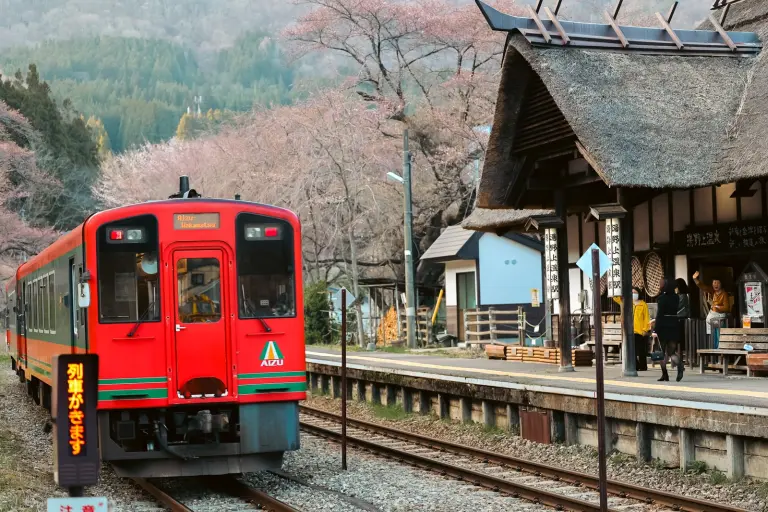
A Station Like No Other
Yunokami-Onsen Station sits along the Aizu Railway, just over 20 kilometers long, connecting rural Fukushima with surrounding regions. First opened in 1932, it has remained modest in size yet remarkable in character. Unlike modern steel-and-glass stations, Yunokami-Onsen preserves traditional Japanese architecture — wooden beams, gently curved rooflines, and most famously, a rare thatched roof that instantly transports visitors back to the Edo era. In fact, it is said to be the only station in Japan still featuring this old-style roofing, making it a unique cultural treasure.
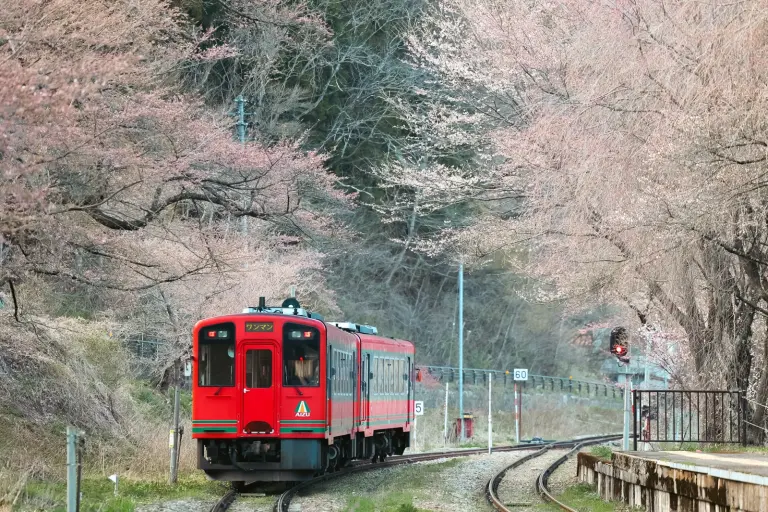
>> Not only Japan, but this country also boasts a breathtaking cherry blossom season.
Around the station, about 30 cherry trees burst into bloom from late April to early May, transforming the quiet platform into a tunnel of soft pink petals. In autumn, the surrounding hills trade pink for fiery reds and golds, offering a new kind of splendor. Each season brings its own charm, yet springtime here feels almost dreamlike.
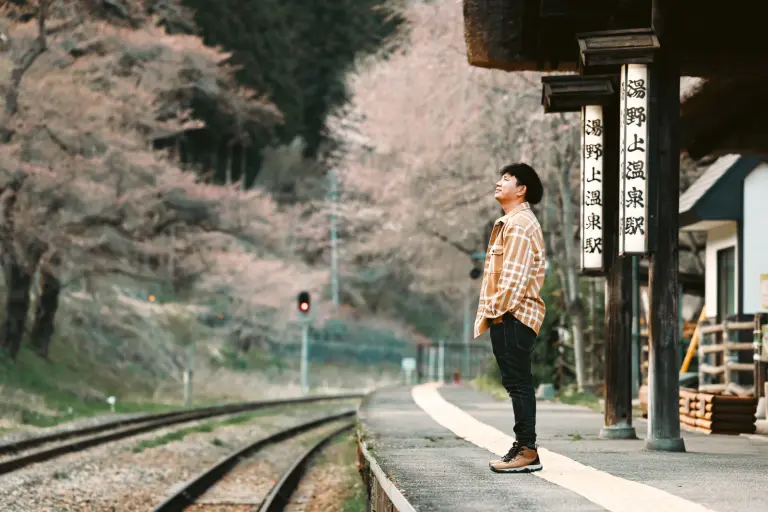
A Place to Pause, Not Just Pass
What makes Yunokami-Onsen Station stand out even more is the thoughtful way it invites travelers to linger. While waiting for their train, passengers can remove their shoes and soak their feet in a small open-air hot spring bath built right beside the tracks. The warm mineral water comes from local springs that have been cherished since the Edo period, and many visitors describe the simple act of sitting there — feet immersed in steaming water, cherry petals drifting through the air — as an unforgettable travel memory.
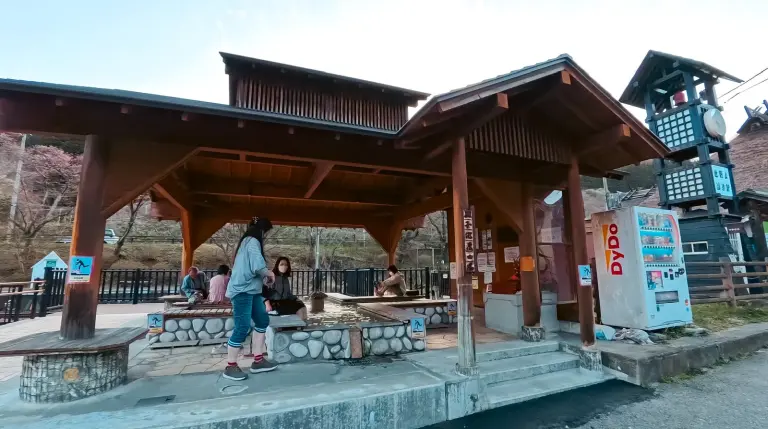
Traveler and blogger Lê Vi?t Vinh, who recently visited, shared how calming it was to sip hot tea, feel the spring warmth on his feet, and watch the blossoms sway in the breeze. For him, the experience captured something essential about Japan: a country where tradition and daily life blend seamlessly, even in the most ordinary places like a train stop.

>> Four types of meat in Japan named after Cherry Blossoms, Peonies, Maple Leaves, and Oak Trees
Gateway to Ouchijuku
Yunokami-Onsen Station also serves as a gateway to Ouchijuku, an Edo-period post town just a short distance away. This historic village once hosted weary travelers along the Aizu Nishi Kaido road. Today, it has been beautifully preserved: thatched-roof houses line narrow streets, overhead power lines are hidden underground to protect the old-town atmosphere, and visitors can enjoy local specialties such as soba noodles served with green onions used as chopsticks.
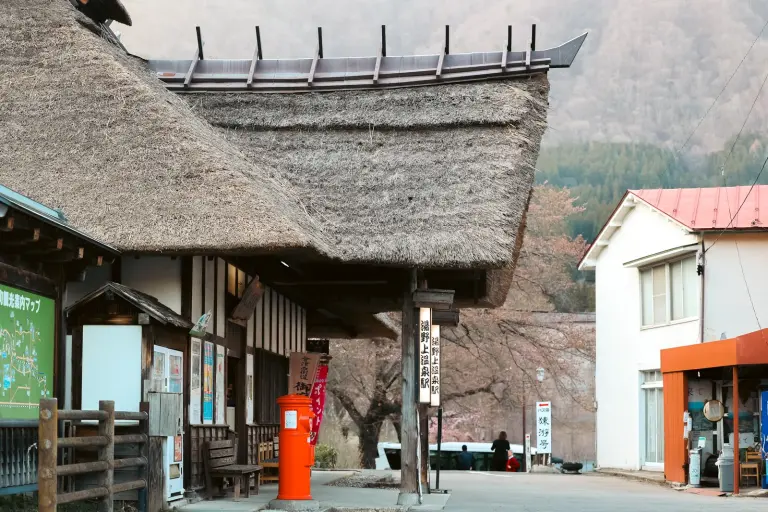
Arriving at the station, taking a rickshaw ride through the streets, and wandering into Ouchijuku feels like stepping into a time capsule — a perfect complement to the station’s own nostalgic charm.
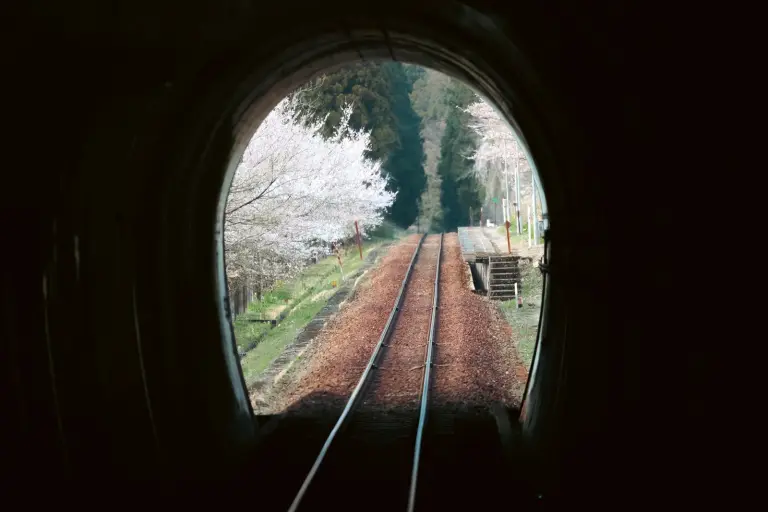
Practical Information for Travelers
From Aizu Wakamatsu, Yunokami-Onsen Station is about a 35-minute ride on the Aizu Railway. A one-way ticket costs roughly ¥1,030 (about $7), making it both affordable and accessible. For international visitors with a Japan Rail Pass, it’s an easy and worthwhile detour into the quieter side of Fukushima.
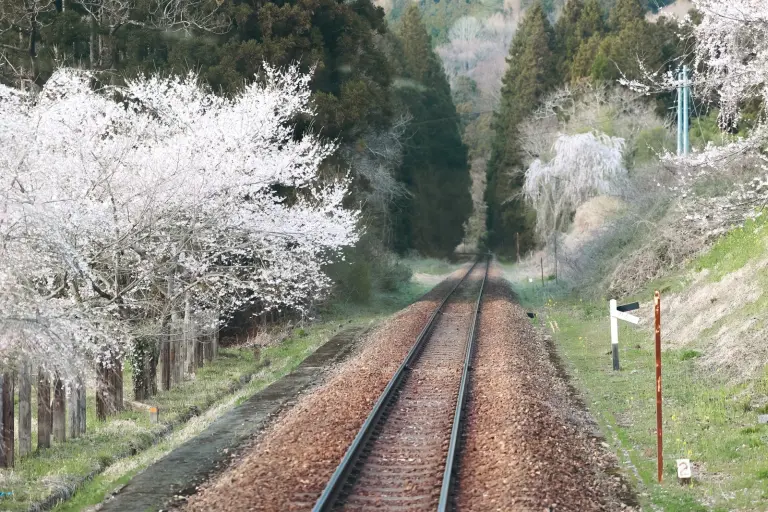
>> 7 hidden paradises in Japan you shouldn’t miss
A Timeless Stop Worth the Journey
Unlike the busy hubs of Tokyo or Osaka, Yunokami-Onsen Station is not about speed or efficiency. It’s about slowing down — feeling the warmth of the spring water, listening to the whistle of an approaching train, and standing under a canopy of cherry blossoms that have bloomed here for generations.
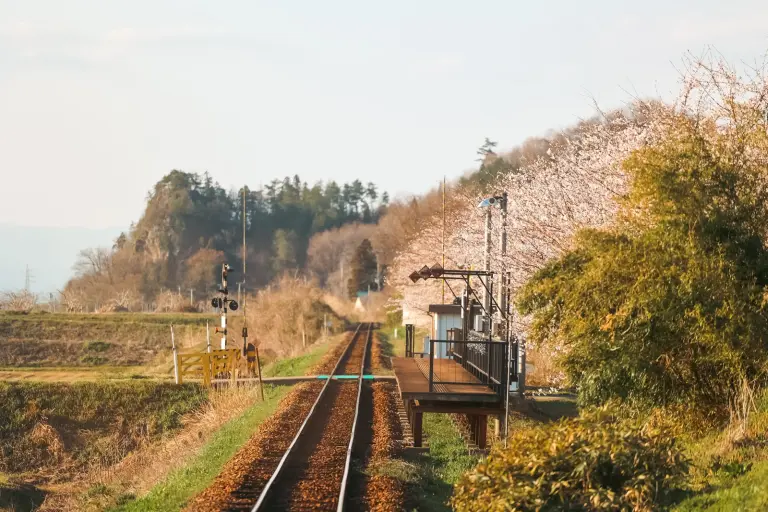
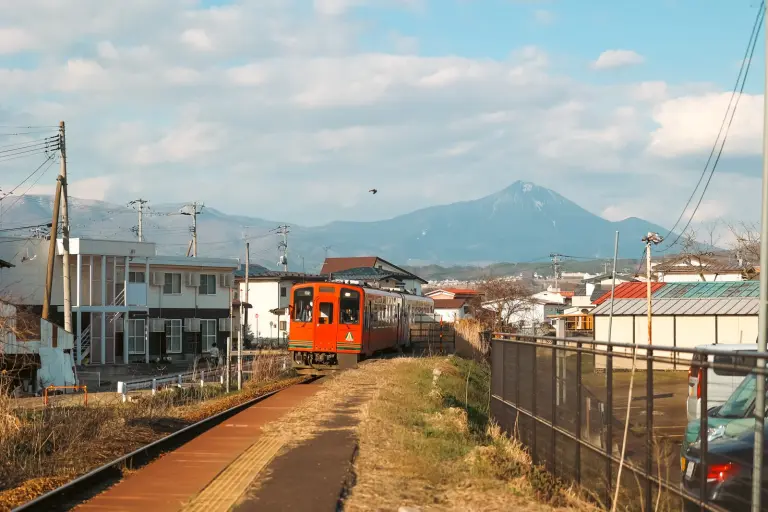
>> Don’t miss these unique festivals when visiting Japan
For travelers seeking a deeper, more authentic connection with Japan, a stop at Yunokami-Onsen is more than a photo opportunity. It is a moment of stillness, beauty, and cultural discovery — one that will linger long after the journey continues.

